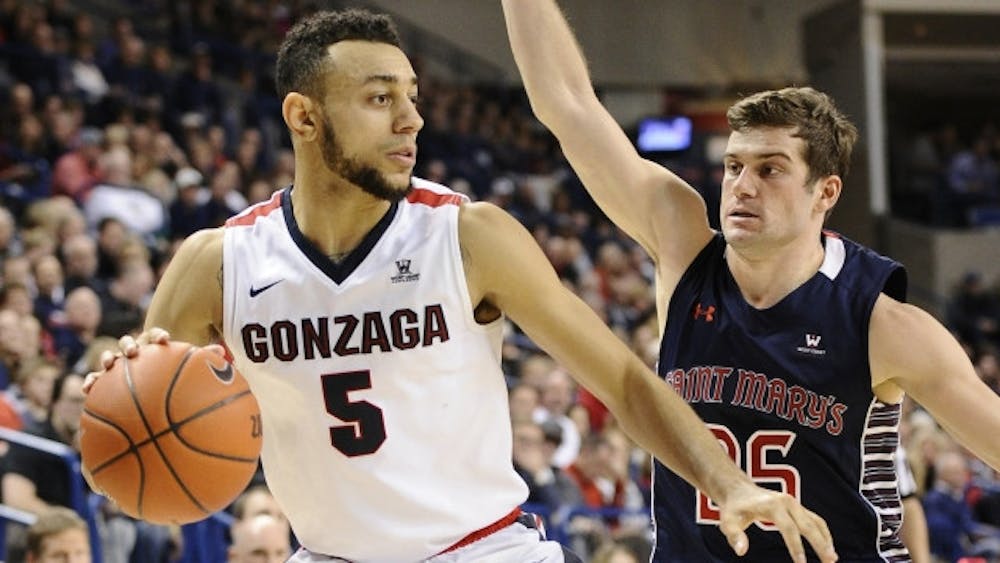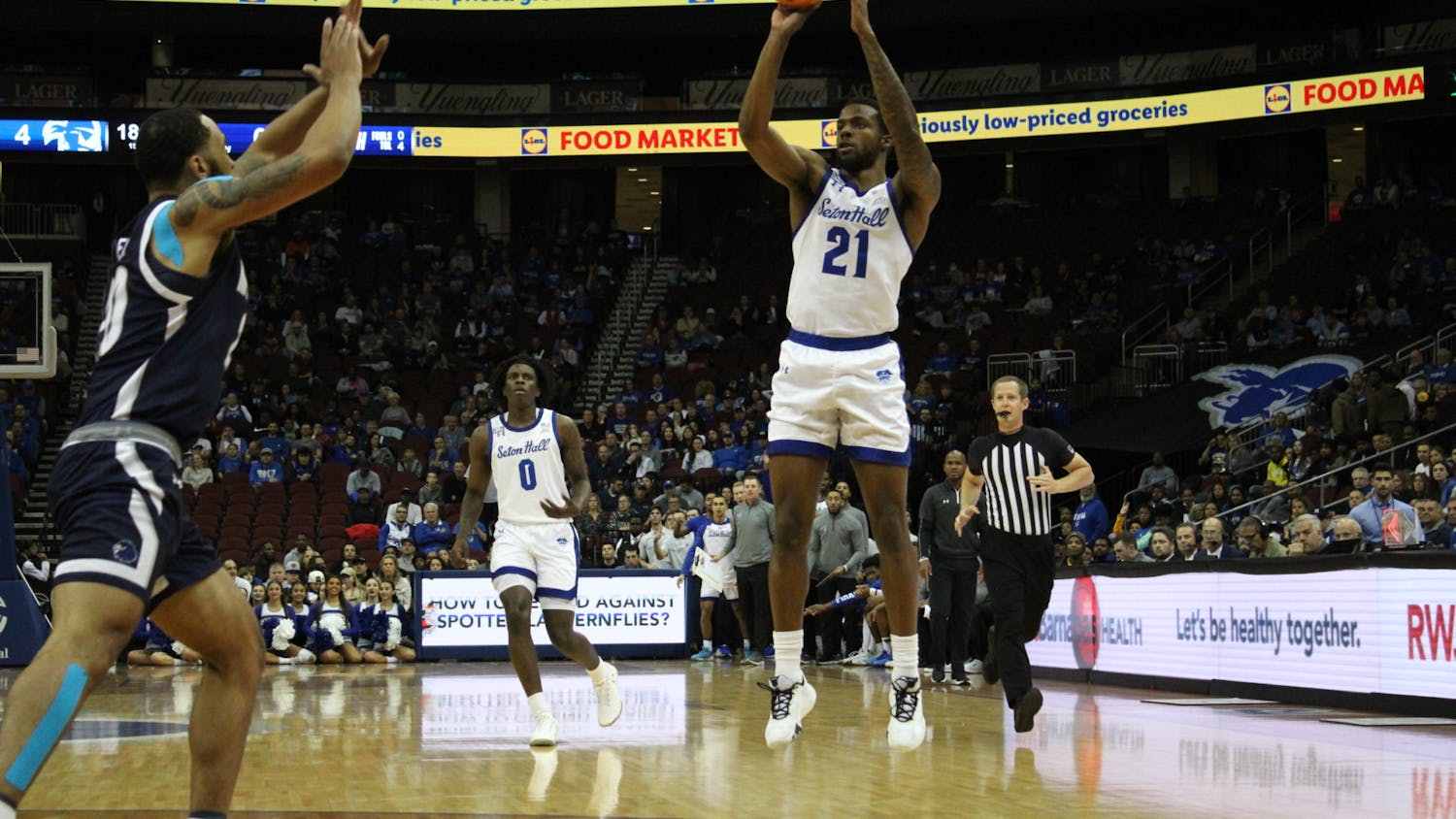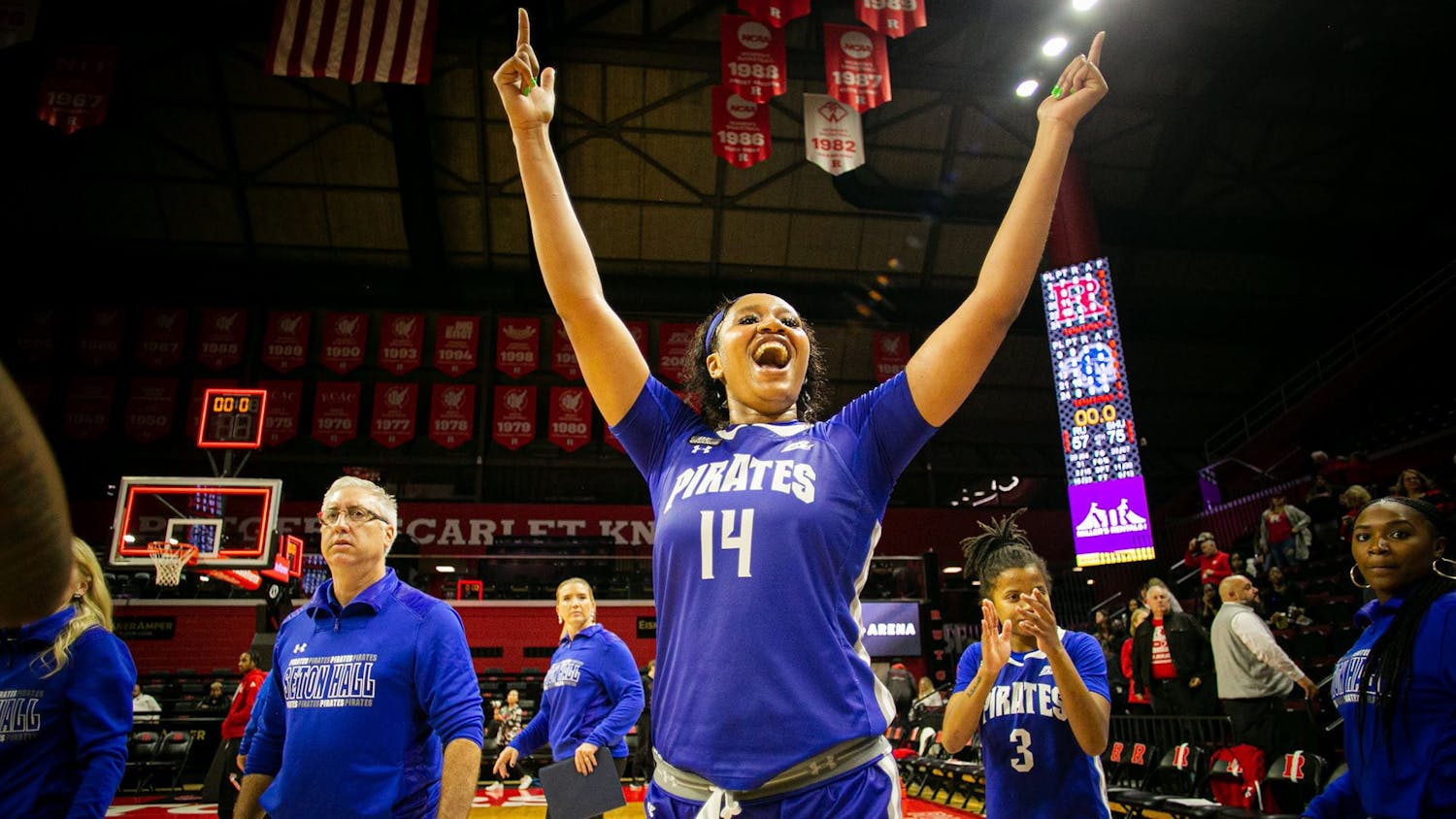It’s transfer season in NCAA basketball, and players and coaches alike are moving to new colleges trying to find a home for their talents.
While coaches can move to a new school immediately, players who choose to transfer find themselves in a one-year gap where they cannot play for their new schools, due to NCAA transfer rules. The only exception to this rule is if a graduate student transfers, then he/she is immediately eligible.
[caption id="attachment_18769" align="aligncenter" width="640"] Nigel Williams-Goss transferred to Gonzaga last season. Photo via NCAA.com.[/caption]
A player shouldn’t be punished for wanting to transfer to a new school. Sometimes the right fit isn’t always there, and a player wants to better his/her situation, college experience and life.
The same goes for college coaches. When a more attractive job offer comes along, it is sensible for one to accept that offer.
But why are coaches allowed to make immediate moves, while players have to wait?
According to NCAA.org, the mandatory year away from competition is meant to help ease the transition process and to help better the players’ education.
“Requiring student-athletes to sit out of competition for a year after transferring encourages them to make decisions motivated by academics as well as athletics,” the NCAA states in a frequently asked question forum online. “Most student-athletes who are not eligible to compete immediately benefit from a year to adjust to their new school and focus on their classes. Student-athletes who must sit out for a year at their new school may or may not receive financial aid and practice with their new team.”
While the year away from competition may be beneficial in that regard, it is still a long time for talent to go to waste when many collegiate athletes are building toward their prime. The extra year can be used for rest or for extra practice and training, but it must be frustrating for athletes to watch their teams from the bench for a whole season.
Meanwhile, the same need for transition can be argued for coaches transferring to different roles in new schools. Why don’t coaches need time to reflect on what they’ve learned at the school they left, as well as time to explore other job options?
A year to focus on academics may be beneficial for transfer athletes, but both transfer players and coaches should be held to the same standard. Even though coaches are dealing with job offers while players are dealing with education, either students should be allowed to play right away or coaches should also have to sit a year. There should be no discrepancy.
No matter if someone is a student or coach, both should be held to the same standard of staying out of competition for a period of time due to transferring. Coaches may be getting paid to take the job on right away, but being an impact transfer player in the NCAA is as much of a responsibility, and should be treated as such.
Elizabeth Swinton is a broadcasting and visual media major from Linden, N.J. She can be reached at elizabeth.swinton@student.shu.edu or on Twitter @eswint22.
Nigel Williams-Goss transferred to Gonzaga last season. Photo via NCAA.com.[/caption]
A player shouldn’t be punished for wanting to transfer to a new school. Sometimes the right fit isn’t always there, and a player wants to better his/her situation, college experience and life.
The same goes for college coaches. When a more attractive job offer comes along, it is sensible for one to accept that offer.
But why are coaches allowed to make immediate moves, while players have to wait?
According to NCAA.org, the mandatory year away from competition is meant to help ease the transition process and to help better the players’ education.
“Requiring student-athletes to sit out of competition for a year after transferring encourages them to make decisions motivated by academics as well as athletics,” the NCAA states in a frequently asked question forum online. “Most student-athletes who are not eligible to compete immediately benefit from a year to adjust to their new school and focus on their classes. Student-athletes who must sit out for a year at their new school may or may not receive financial aid and practice with their new team.”
While the year away from competition may be beneficial in that regard, it is still a long time for talent to go to waste when many collegiate athletes are building toward their prime. The extra year can be used for rest or for extra practice and training, but it must be frustrating for athletes to watch their teams from the bench for a whole season.
Meanwhile, the same need for transition can be argued for coaches transferring to different roles in new schools. Why don’t coaches need time to reflect on what they’ve learned at the school they left, as well as time to explore other job options?
A year to focus on academics may be beneficial for transfer athletes, but both transfer players and coaches should be held to the same standard. Even though coaches are dealing with job offers while players are dealing with education, either students should be allowed to play right away or coaches should also have to sit a year. There should be no discrepancy.
No matter if someone is a student or coach, both should be held to the same standard of staying out of competition for a period of time due to transferring. Coaches may be getting paid to take the job on right away, but being an impact transfer player in the NCAA is as much of a responsibility, and should be treated as such.
Elizabeth Swinton is a broadcasting and visual media major from Linden, N.J. She can be reached at elizabeth.swinton@student.shu.edu or on Twitter @eswint22.

Comments




